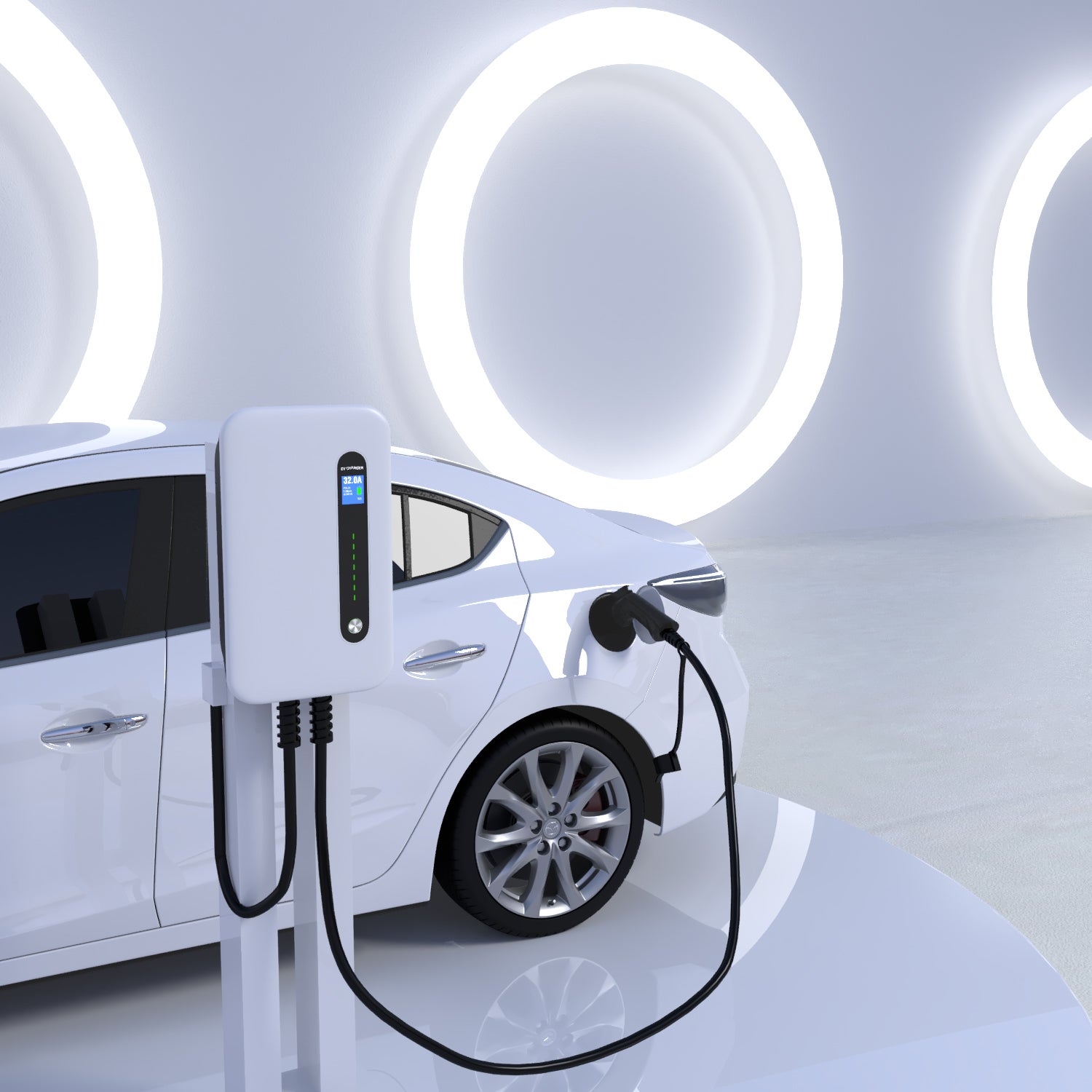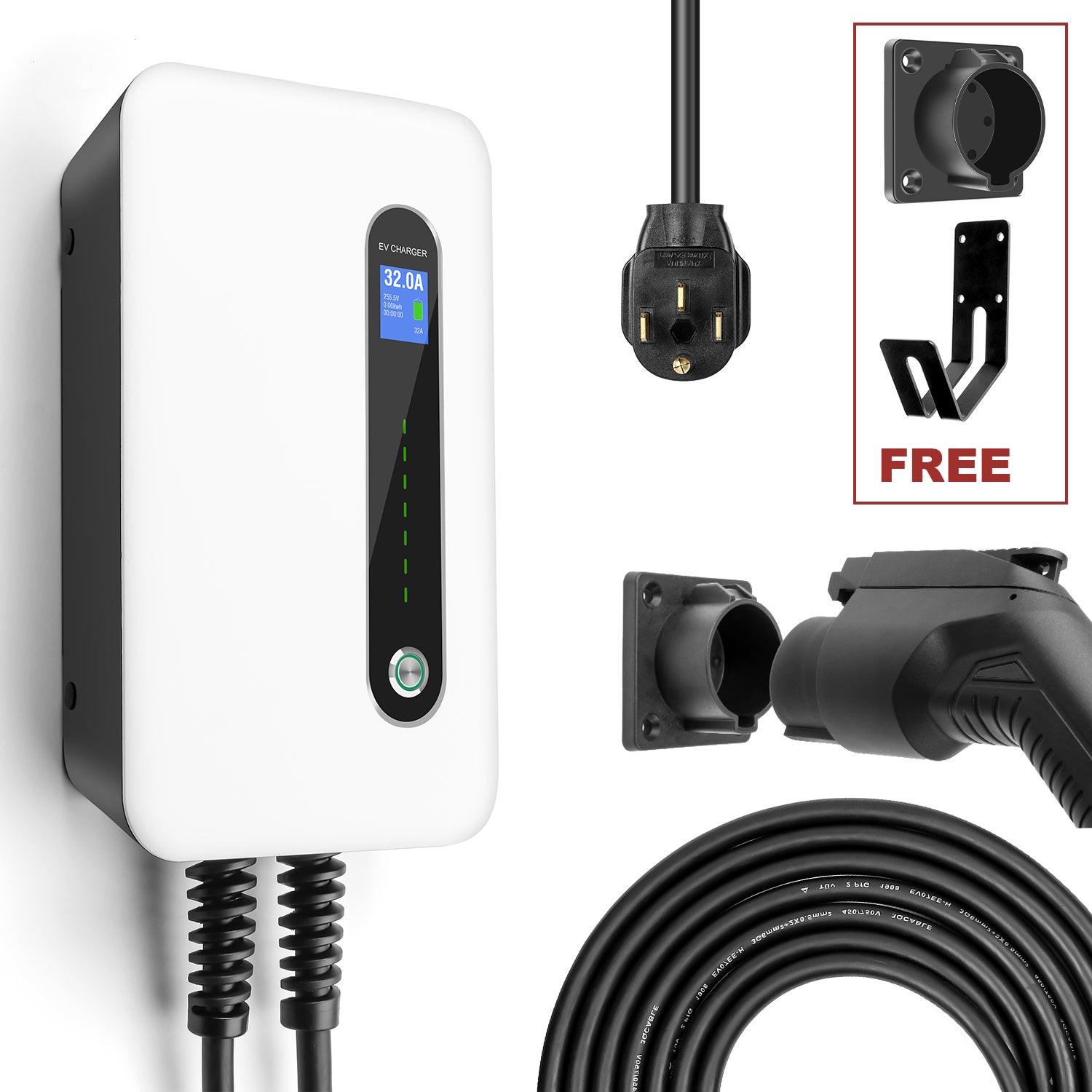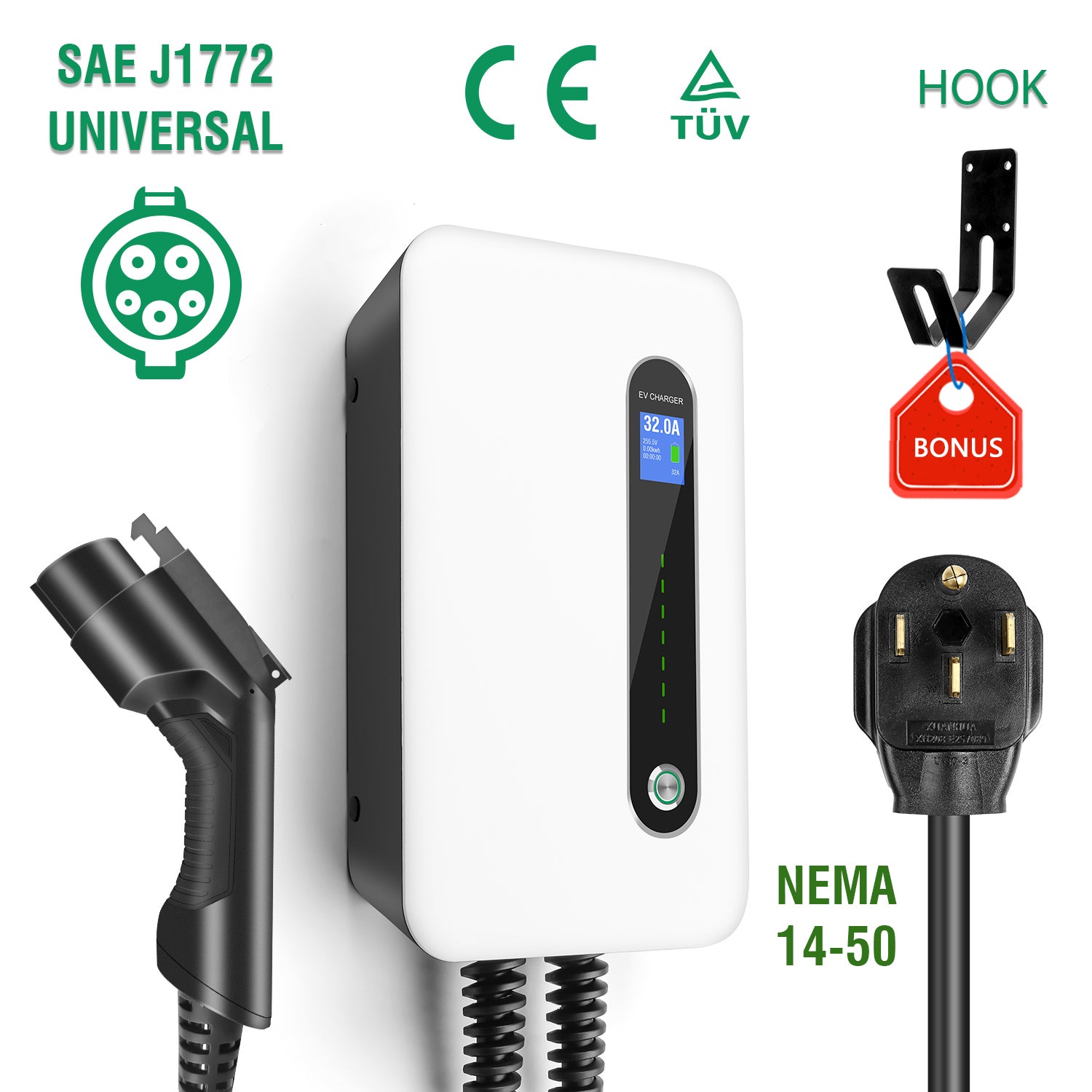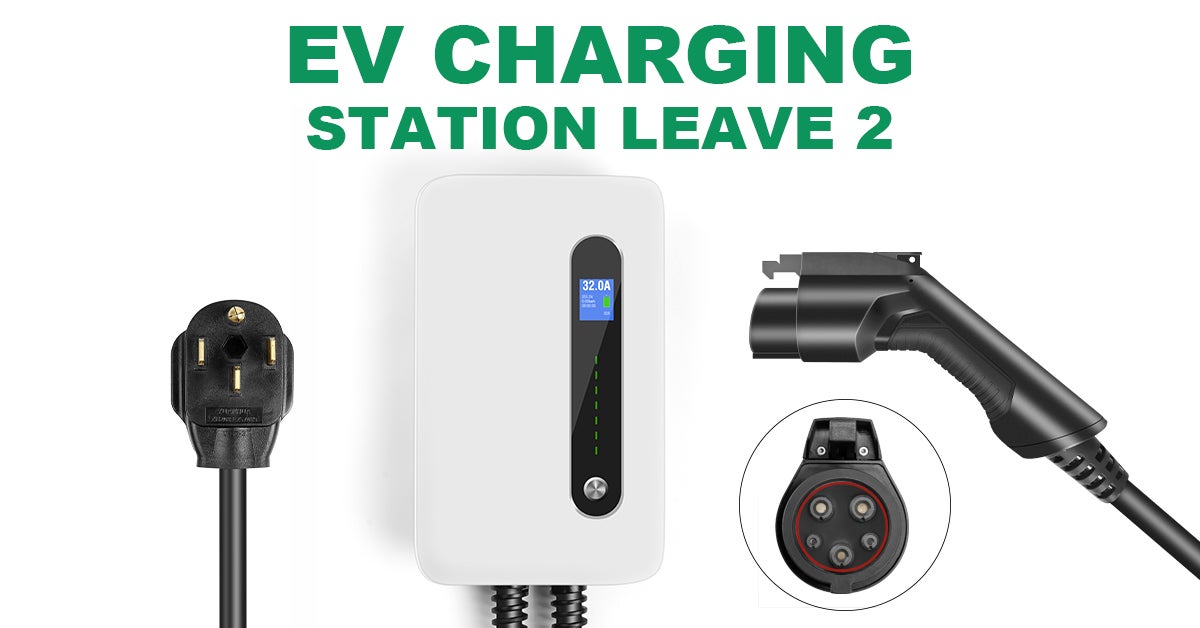
Some rumors have abducted European controversy over electric vehicle charging equipment. Common misconceptions include the source of power, the amount of power transferred, and the availability of charging facilities.
As more and more electric vehicles flood the market, these rumors need to be clarified in order to keep a straightforward record and focus on ensuring that relevant facilities are properly deployed, involving more stakeholders, and the long-term nature of grid planning.
To defeat these rumors, we considered supporting facts and evidence, as well as being able to uncover false “facts” related to the electric car charging process.

Rumor 1: Electric cars use polluted electricity from coal. Switching to an electric car may simply mean that a similar amount of pollution comes from the power generation process rather than the car’s exhaust
Short answer: 58% of the EU’s electricity generation has achieved carbon balance. Charging points using renewable electricity are available in most Member States. 93% of the EU’s population has the option to use 100% renewable energy to charge their cars.
Evidence: The average carbon density in European power consumption in 2018 was 296 gCO2 / kWh, and it will continue to decrease. Today, electric vehicles driven by the average European electricity share emit 20 g of CO2 per kilometer, which is lower than any fossil fuel vehicle. In all countries with a CO2 capacity of less than 600g / kWh, the emissions of entry-level electric vehicles are much lower than those of efficient hybrid vehicles, as is the case in the 26 member states of the European Union.
Charging with electricity from 100% renewable energy has been achieved through clean supply to consumers, agreements with certified providers, or certified power sources. In some countries, this has become a key condition for tender applications for public charging facilities.
Rumor 2: A large number of special electric vehicles will crash the power grid. Investing to make the grid strong enough can be expensive
Short answer: As the share of electric vehicles increases, it has become possible to significantly limit additional investment in the distribution network due to the application of smart charging. The car is parked 95% of the time, providing a lot of flexibility. The battery of an electric car can also be used to stabilize the power grid, and its owner can also get paid through this service to achieve a win-win situation.
Evidence: Imagine that 80% of all sedan cars are electric cars, which will increase electricity consumption by 10% -15%, and the electrification of buses and trucks has reached such a significant level that it will consume the energy currently used in transportation Reduce by two, because electric cars are 5-6 times more energy efficient than the best hybrid engines.
For managing power load spikes and low-voltage grids, smart charging can address most of the challenges at the regional and residential level. This also opens up opportunities for electric car drivers.
In the Netherlands, the Smart Charging Lab explained that it is possible to fully optimize the connection of electric vehicles to the grid. Electricity generated by wind and nuclear energy can be stored in electric vehicles and sent back to the grid when needed.

Rumor 3: We still face the question of chicken or egg. Charging devices should be applied before people get used to electric cars
Short answer: The question of chicken or egg first no longer exists, and charging facilities are already well developed in some countries where the electric vehicle market is developing rapidly. There were approximately 150,000 public charging points in Europe at the end of 2018. Based on the behavior of electric car customers, we found that most early users were used to charging at home and the office. This trend will also continue in the future. According to our estimates, millions of electric vehicles will be on the road in the next ten years, and 85% of charging behavior will occur in the workplace and at home.
Evidence: The key is to better understand the demand for charging facilities in Europe, where the role of policy is even more important. At present, 18 EU member states support the construction of charging facilities, and many countries are also targeting users without warehouses or street parking spots.
For example, Ireland licensed the installation of residential charging units in early 2018. Finland provides subsidies for installing charging poles in housing cooperatives .
Cities play an important role in providing electric vehicle charging access for everyone: Stockholm has a “charging street” where operators can easily retain and install charging points, while cities in Norway and the UK have established demand Side-drive system, charging device is arranged according to the needs of electric vehicle drivers.
A large number of projects are also underway in the European Union’s trans-European transport network. In 2018, there are 28 fast charging points per 100km on European highways, providing safety and comfort for people driving long distances, as more fast charging devices will be placed on the road in the coming years.

Rumor 4: Charging electric cars takes too long
Short answer: The charging speed of an electric vehicle depends on the performance of the charging unit and the battery capacity. The number of trams that can adapt to this speed while charging faster (150kW) is still limited.
Evidence: As mentioned above, most electric car owners charge while they sleep at night — which is much easier and cheaper than stopping at a gas station to refuel. If you are at home with a 11kW wall charger, a 60kWh battery is charged for 6 hours at night, and you can drive at least 300km. However, with a 150kW fast charger to charge a car of similar capacity, the battery will be fully charged in 80 minutes. In cooperation with equipment in Europe, Ionity has recently developed a next-generation 350kW charger that can reduce the charging duration to 8 minutes, thereby ensuring user satisfaction and ensuring grid connection security.
In the case of heavy-duty vehicles, there is still a standardization process to achieve a higher charging power of more than 1MW to ensure fast charging of electric buses and electric trucks. This means that the Tesla semi-trailer with a range of 800 kilometers can charge 80% of the electricity in 30 minutes.

Rumor 5: Well, you convinced me, but you still ca n’t charge an electric car in the rain
You can’t charge an electric car in the rain because you get an electric shock and the car system breaks down. Please! You certainly won’t fall because of it, right? Electric vehicle charging devices meet strict safety conditions, and waterproof connections are mandatory. You can of course charge it in an unobstructed outdoor charging rain.

